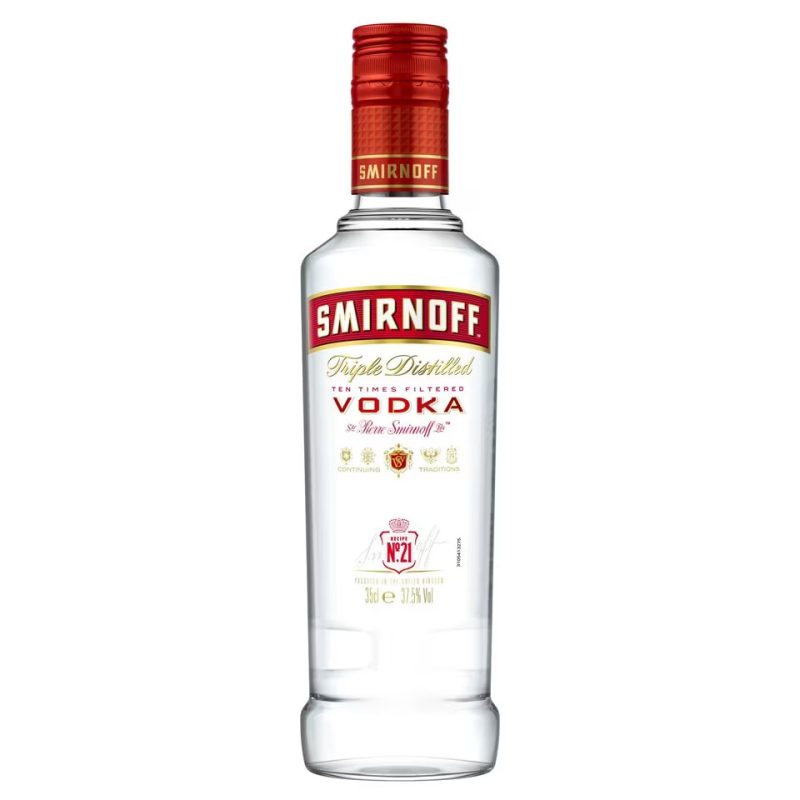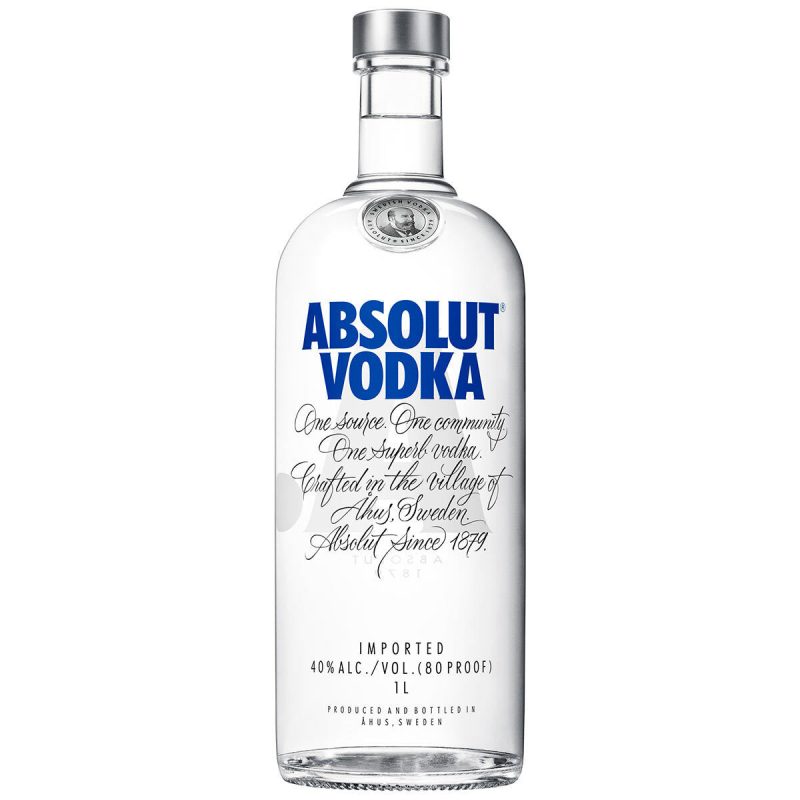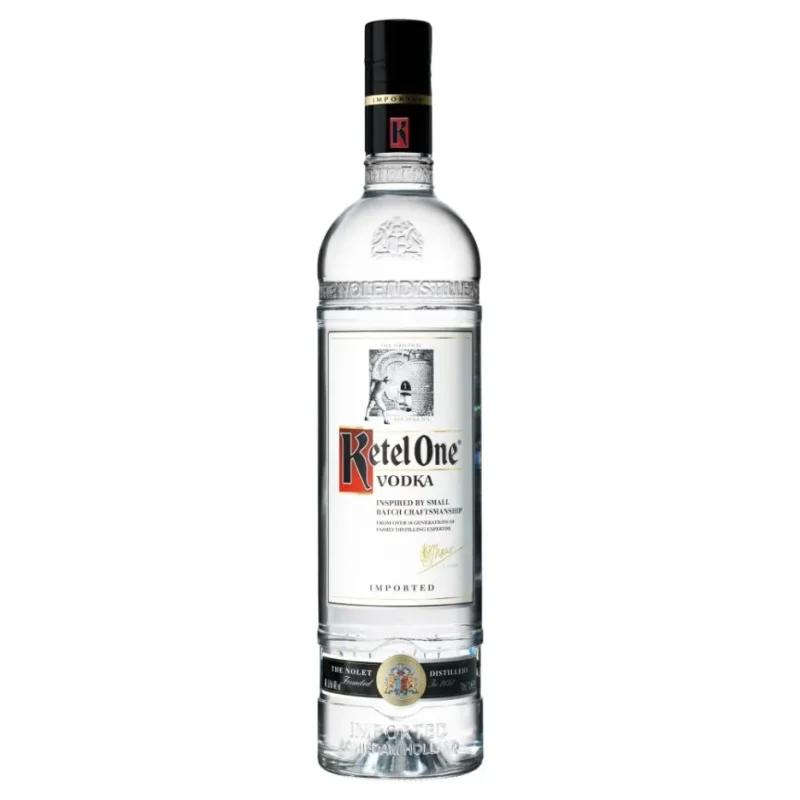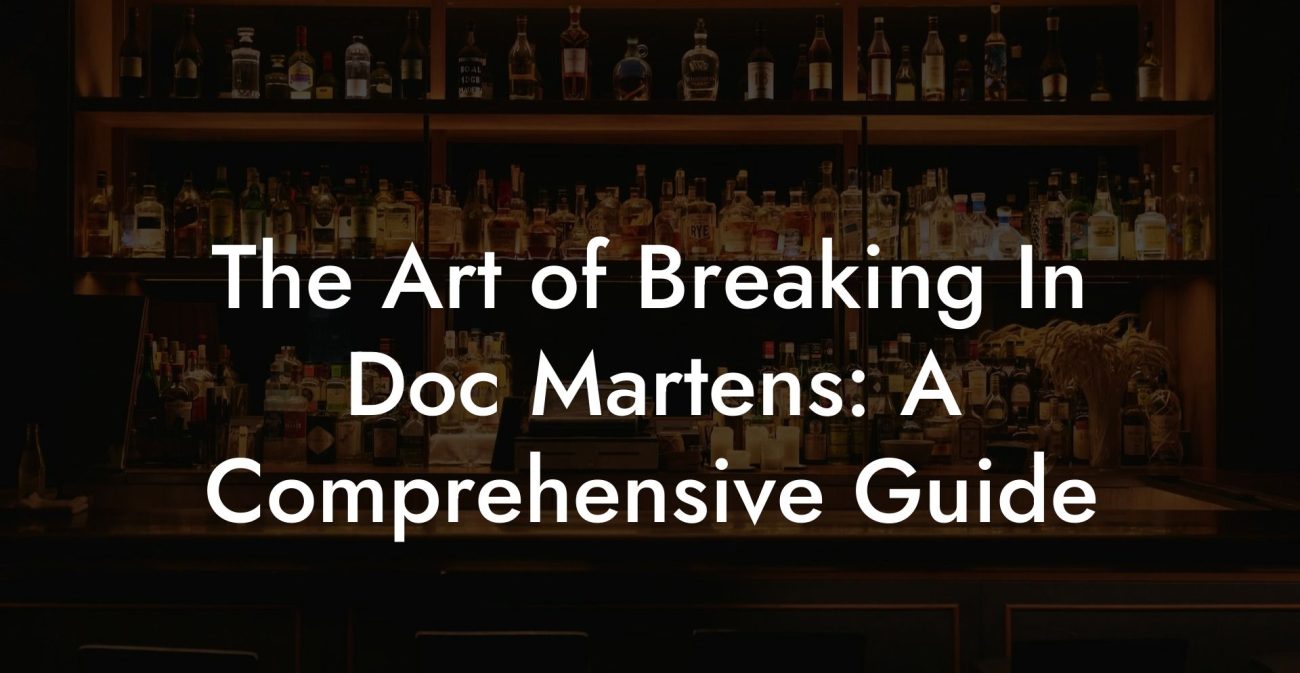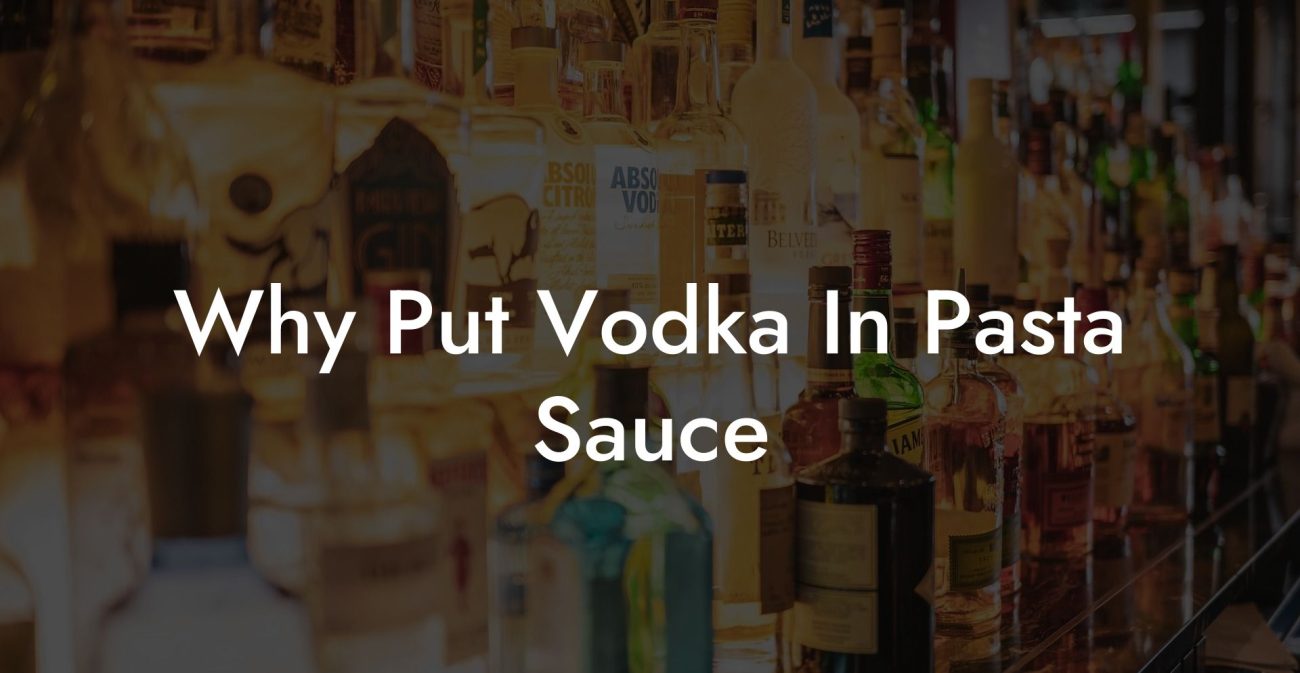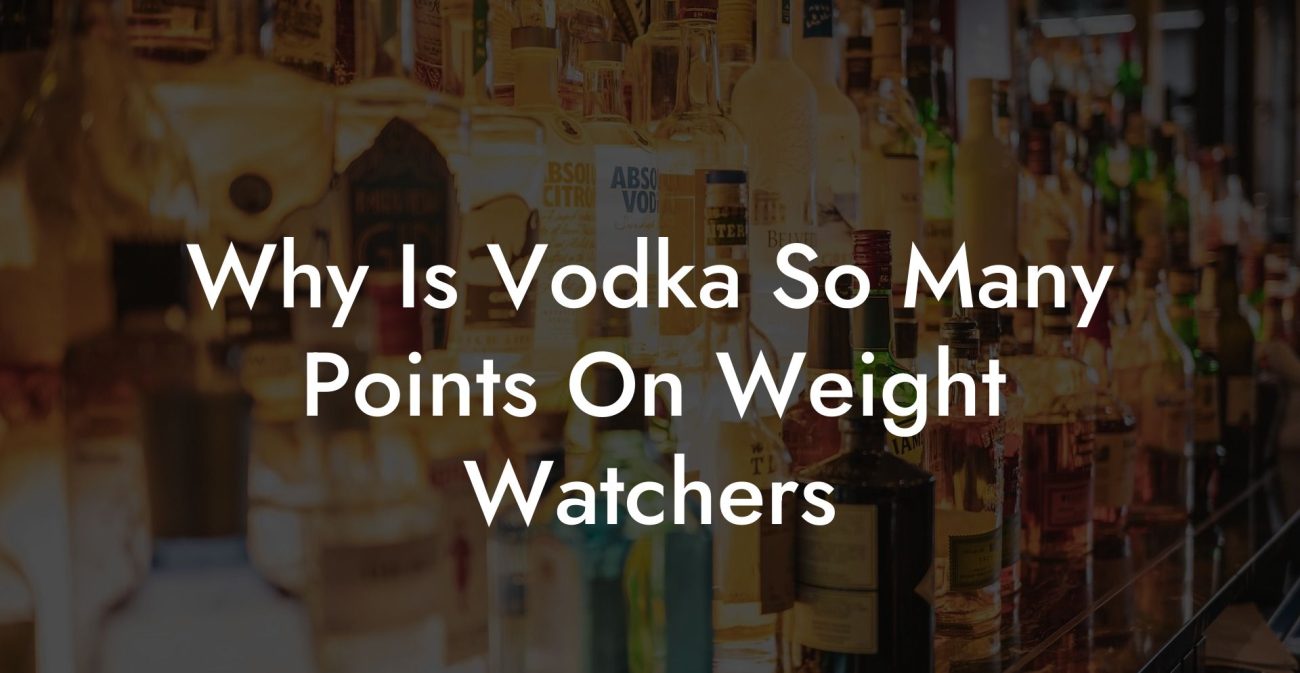Understanding the alcohol content is an essential aspect for any vodka lover. Proof and alcohol percentage by volume (ABV) are two different measurement systems, but how do they correlate? In this comprehensive guide, we will explore what 80-proof vodka signifies for its alcohol content and how it impacts your drinking experience.
Best Budget Vodkas Ranked
What Alcohol Content Would A Bottle Of 80 Proof Vodka Have Table of Contents
Introduction to Alcohol Content
Effects of Varying Alcohol Content in Vodka
Looking For The Best Vodka? You'll Love These Vodka Guides...
Introduction to Alcohol Content
Alcohol content in beverages is measured in terms of percentage by volume (ABV) and proof. ABV communicates the proportion of alcohol inside a beverage, while proof is a measure that is quite specific to the United States.
Understanding ABV in Vodka
Alcohol by volume (ABV) is the standard measurement of alcohol content in a beverage and expresses the concentration of ethanol as a percentage. For example, if a vodka has an ABV of 40%, it means that it contains 40% ethanol and 60% water or other non-alcoholic ingredients. Typically, vodka ranges from 35% to 50% ABV, with 40% being the most common for standard vodkas.
Factors Influencing ABV
Various factors influence the ABV of vodka, including the distillation process, the ingredients used, and the number of times it is distilled. Distilling vodka multiple times or using purer ingredients may result in a higher ABV, while using more water or other non-alcoholic components to dilute the vodka may result in a lower ABV.
Understanding Proof in Vodka
Proof is a term used in the United States to define the alcohol content of alcoholic beverages. It dates back to the 18th century when liquor taxes were based on their alcohol content. To measure proof, a sample of the spirit was tested to determine whether it contained enough alcohol to burn and sustain combustion. Spirits that passed this test were said to have been "proven." Today, proof is simply defined as twice the alcohol by volume (ABV) percentage.
80 Proof Vodka and Its Alcohol Content
An 80-proof vodka is considered a standard proof vodka because it is the most common in the market. To calculate the alcohol content of a bottle of 80-proof vodka, you simply divide the proof by two. Therefore, an 80-proof vodka has an alcohol content of 40% ABV.
Effects of Varying Alcohol Content in Vodka
- Taste: The percentage of alcohol in vodka can greatly influence its taste. Higher alcohol concentrations may result in a stronger burning sensation, while lower concentrations could make the vodka smoother and gentler on the palate.
- Potency: Unsurprisingly, higher alcohol content translates to a more potent alcoholic beverage. This means that a higher ABV vodka can get you intoxicated more quickly and have more pronounced effects.
- Quality: While a higher ABV may suggest a more refined distillation process and superior ingredients, it's not always a guarantee of quality. Some high-quality vodkas have lower ABV levels, depending on their production methods and intended flavor profiles.
What Alcohol Content Would A Bottle Of 80 Proof Vodka Have Example:
Imagine you are at a liquor store, shopping for vodka. You come across two different brands. Brand A is 80-proof, while Brand B is 100-proof. Based on your knowledge of proof and ABV, you can now deduce that Brand A contains 40% alcohol by volume, while Brand B contains 50% alcohol by volume. Given the higher alcohol content, you might expect Brand B to have a stronger flavor and potency compared to Brand A.
Frequently Asked Questions
What does “80 proof” mean on a bottle of vodka?
“80 proof” indicates that the vodka contains 40% alcohol by volume (ABV). The term “proof” is a measure used primarily in the United States, where it is double the percentage of ABV.
Is 80 proof vodka strong?
Yes, 80 proof vodka is considered to be of standard strength for vodka and other spirits, which typically range from 40% to 50% ABV.
How is the alcohol content in vodka determined?
The alcohol content in vodka is assessed through a process called distillation, followed by testing with a hydrometer, which measures the density of the vodka compared to water, indicating the alcohol content.
Can you explain the history behind the term “proof”?
The term "proof" dates back to 16th-century England when a mixture of alcohol and gunpowder would be ignited to "prove" its alcohol content; if it burned steadily, it was considered “proofed.”
What is the standard serving size for 80 proof vodka?
A standard serving size for 80 proof vodka is 1.5 ounces (44 milliliters), which contains about 0.6 ounces (17 milliliters) of pure alcohol.
How does 80 proof vodka compare to other types of alcoholic beverages in terms of alcohol content?
Beer typically ranges from 3% to 12% ABV, wine ranges from about 12% to 15% ABV, and 80 proof vodka stands at a notably higher 40% ABV.
Can you drink 80 proof vodka straight?
Yes, 80 proof vodka can be drunk straight, but it is often sipped slowly due to its strong alcohol content, or mixed with other beverages to create cocktails.
Is it safe to consume 80 proof vodka in large quantities?
It is not safe to consume any alcohol, including 80 proof vodka, in large quantities, as it can lead to alcohol poisoning and other health risks.
How should 80 proof vodka be stored?
80 proof vodka should be stored in a cool, dark place, and kept tightly sealed to preserve its quality. There is no need to refrigerate 80 proof vodka, though some prefer it chilled.
Does 80 proof vodka freeze?
No, 80 proof vodka does not freeze at typical home freezer temperatures as its freezing point is around -27 degrees Celsius (-16 degrees Fahrenheit), which is lower than most home freezers.
What mixers go well with 80 proof vodka?
Popular mixers that go well with 80 proof vodka include tonic water, orange juice, cranberry juice, lemon-lime soda, and various other fruit juices and soft drinks.
How can 80 proof vodka be used in cooking?
80 proof vodka can be used in cooking to enhance flavors in sauces, to create vodka-infused dishes, or to flambe certain recipes. The alcohol typically evaporates during the cooking process.
Is 80 proof vodka gluten-free?
Most Vodka, including 80 proof, is distilled from grain but the distillation process removes gluten, making it generally safe for people with gluten intolerance. However, some brands may be certified gluten-free, and those with severe sensitivities should consult those options.
How long does an opened bottle of 80 proof vodka last?
An opened bottle of 80 proof vodka can last for many years due to its high alcohol content, which acts as a preservative. It should maintain its quality if stored properly.
Does 80 proof vodka have any calories?
Yes, 80 proof vodka contains calories, with a standard 1.5-ounce serving having approximately 97 calories, all of which come from the alcohol content.
What is the difference between 80 proof vodka and higher-proof vodkas?
The higher the proof, the more alcohol the vodka contains. So, 100 proof vodka would have 50% ABV, making it stronger than 80 proof vodka, which has 40% ABV.
Is 80 proof vodka suitable for making homemade extracts, like vanilla extract?
Yes, 80 proof vodka is suitable for making extracts because its neutral flavor and high alcohol content effectively draw out the flavors from the added ingredients, like vanilla beans.
Are there any cocktails specifically designed for 80 proof vodka?
Many classic cocktails are designed for 80 proof vodka, including the Bloody Mary, Cosmopolitan, Martini, and Moscow Mule, among others.
Can 80 proof vodka be used medicinally?
Historically, vodka has been used in various folk remedies, but her modern medical use is limited. It is important to consume alcohol responsibly and be aware that excessive consumption carries health risks.
What should you consider before purchasing 80 proof vodka?
Before purchasing 80 proof vodka, consider factors like brand reputation, distillation process, intended use, flavor profile, and your personal preference for organic or non-GMO options, if applicable.
Does higher-proof alcohol like 80 proof vodka lead to a more severe hangover?
Higher-proof alcoholic beverages like 80 proof vodka can potentially lead to more severe hangovers if consumed in excessive amounts, as the body requires more time and effort to process the higher alcohol content.
How does 80 proof vodka affect the body?
80 proof vodka, like all alcoholic drinks, can have a variety of effects on the body. It can initially act as a stimulant, but then quickly becomes a depressant, affecting coordination, judgment, and reaction times. It also dehydrates the body, and excessive consumption can lead to serious health issues.
Now that you understand the relationship between proof, ABV, and alcohol content in vodka, you can make more informed decisions when selecting a vodka to suit your taste and preferences. Vodka Doctors is committed to providing you with all the comprehensive resources you need to navigate the world of vodka. Share this guide with fellow vodka enthusiasts, and don't hesitate to explore the other informative articles on our blog that will enable you to become a true vodka connoisseur.


